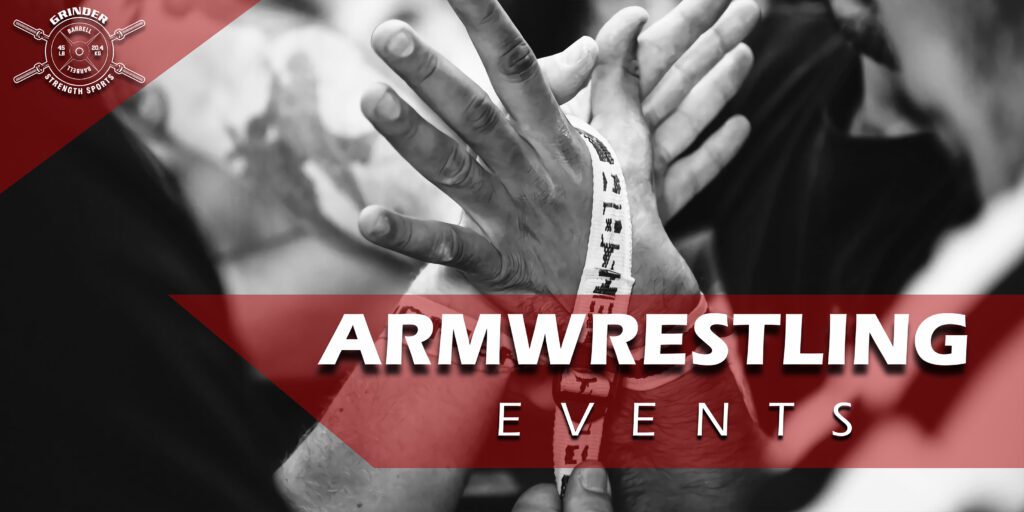Whether you are new to armwrestling or looking to deepen your knowledge, our FAQs cover a wide range of topics to help you get the information you need.
General Questions About Armwrestling
Is Armwrestling a sport?
Yes, armwrestling is a recognized sport with organized competitions, rules, and professional leagues worldwide. It requires a combination of strength, technique, strategy, and mental toughness.
Are there professional armwrestlers?
Yes, there are professional armwrestlers who compete at high levels in national and international tournaments. These athletes often train rigorously and compete for titles, prizes, and recognition in the sport.
Can women compete in armwrestling?
Absolutely! Women compete in armwrestling at all levels, from amateur to professional. The sport is growing in popularity among women, with many female athletes excelling in competitions.
Is Armwrestling a Skill or Strength?
Armwrestling is a combination of both skill and strength. While strength is important, technique, strategy, and mental focus play equally crucial roles in determining the outcome of a match.
Does Weight Matter in Armwrestling?
Yes, weight can be a factor in armwrestling, as heavier competitors often have more muscle mass and strength. However, technique, leverage, and endurance can allow lighter competitors to succeed against heavier opponents.
Does Hand Size Matter in Armwrestling?
Hand size can be an advantage in armwrestling because a larger hand can provide a better grip and more control over your opponent’s hand. However, technique and strength are still the most important factors.
Training and Technique
What is the best way to start armwrestling training?
Start by focusing on grip strength, wrist stability, and basic armwrestling techniques. Incorporate specific exercises like wrist curls, hammer curls, and pull-ups into your routine, and practice with a partner to develop your technique.
How important is grip strength in armwrestling?
Grip strength is crucial in armwrestling, as it helps you control your opponent’s hand and wrist. A strong grip can be the deciding factor in winning a match.
What are the key muscle groups used in armwrestling?
The key muscle groups include the forearms, biceps, triceps, shoulders, and core. Strengthening these areas is essential for improving your armwrestling performance.
How can I improve my wrist strength for armwrestling?
Wrist curls, reverse curls, and pronation/supination exercises are effective for building wrist strength. Consistent training with these exercises will enhance your wrist stability and control.
What is the role of the shoulder in armwrestling?
The shoulder stabilizes the arm and transfers power from the torso to the hand. Strong shoulders help maintain control and prevent your arm from being pushed out of position.
What is the top roll technique in armwrestling?
The top roll technique involves using your fingers and wrist to roll your opponent’s hand over, gaining leverage by attacking their fingers and wrist. It’s effective for opponents with weaker grips.
What is the hook technique in armwrestling?
The hook technique involves curling your wrist inward and pulling your opponent’s hand close to your body, relying on biceps and forearm strength to overpower them.
Do huge forearms matter in armwrestling?
Yes, large and strong forearms are beneficial in armwrestling as they contribute to grip strength, wrist stability, and the overall power needed to control and overpower your opponent.
How can I increase my armwrestling endurance?
Train with high-repetition exercises for the forearms, biceps, and shoulders. Incorporate grip endurance training and practice holding armwrestling positions to build stamina.
What should I focus on in my first armwrestling competition?
Focus on applying the techniques you’ve practiced, staying calm under pressure, and learning from the experience. Winning is great, but gaining experience and understanding competition dynamics is just as valuable.
Health and Safety
How do I prevent injuries in armwrestling?
Warm up properly, use correct technique, and avoid overtraining. Strengthen your rotator cuff, forearms, and wrists to prevent common injuries like tendinitis and muscle strains.
Is armwrestling dangerous?
Armwrestling can be safe if done with proper technique and precautions. However, like any sport, it carries a risk of injury, particularly if participants use incorrect form or excessive force.
How can I recover quickly after an armwrestling match?
Focus on post-match recovery by rehydrating, consuming a protein-rich meal, and doing light stretching or massage to reduce muscle stiffness and soreness.
Competition and Performance
Is there a trick to armwrestling?
While there’s no single “trick” to guarantee a win, mastering specific techniques like the top roll, hook, and press, combined with good leverage and wrist control, can significantly increase your chances of success. Proper technique often outweighs brute strength.
How do I know what weight class I should compete in?
Your weight class is determined by your body weight. Compete in a class where you feel strongest and most comfortable, balancing your strength and endurance.
What should I eat before an armwrestling competition?
Eat a balanced meal rich in complex carbohydrates, moderate protein, and healthy fats 2-3 hours before the competition. Stay hydrated and avoid heavy, greasy foods that might slow you down.
What is a strap match in armwrestling?
A strap match is used when competitors’ hands slip apart. A strap is used to tie their hands together, ensuring a secure grip and fair competition.
Support
How do I choose the right coach for armwrestling?
Look for a coach with experience in armwrestling competitions, a strong understanding of techniques, and a teaching style that matches your learning preferences.



